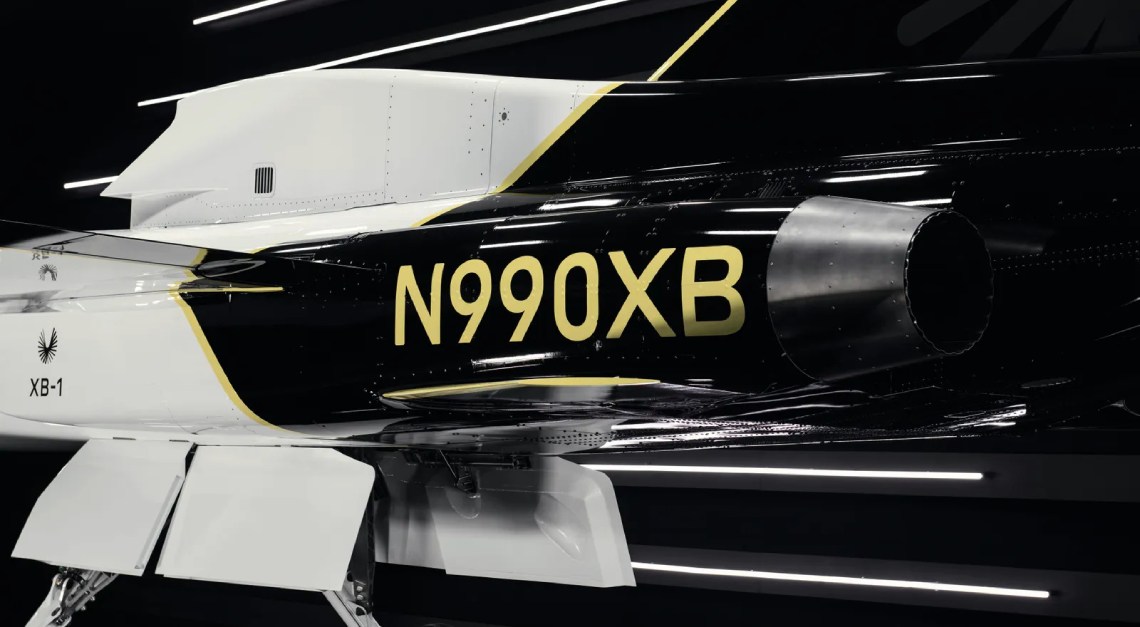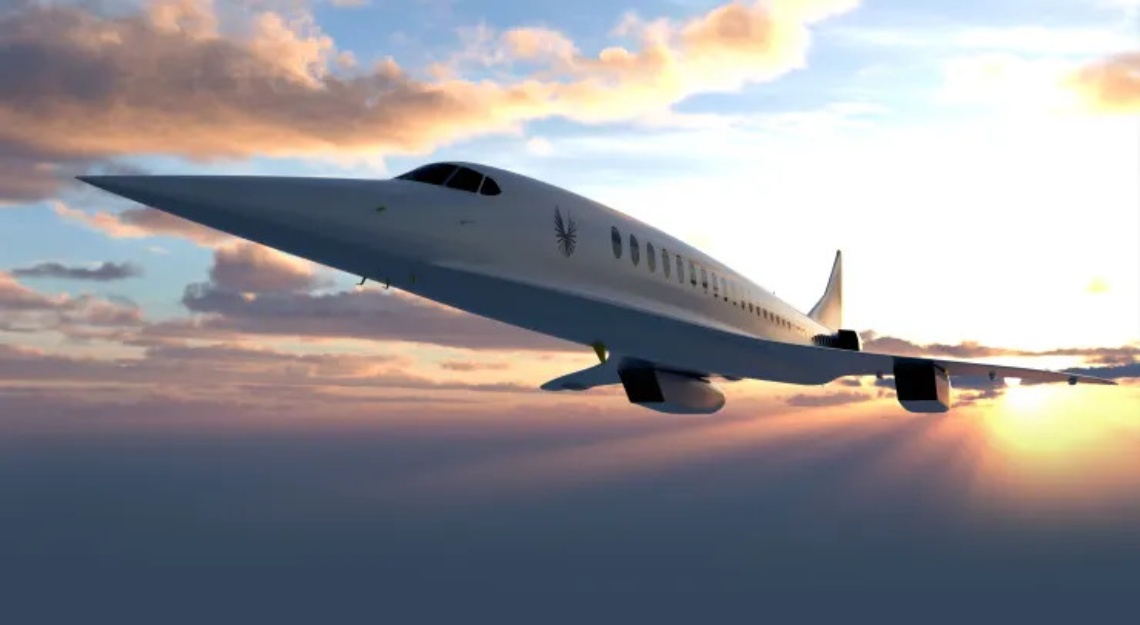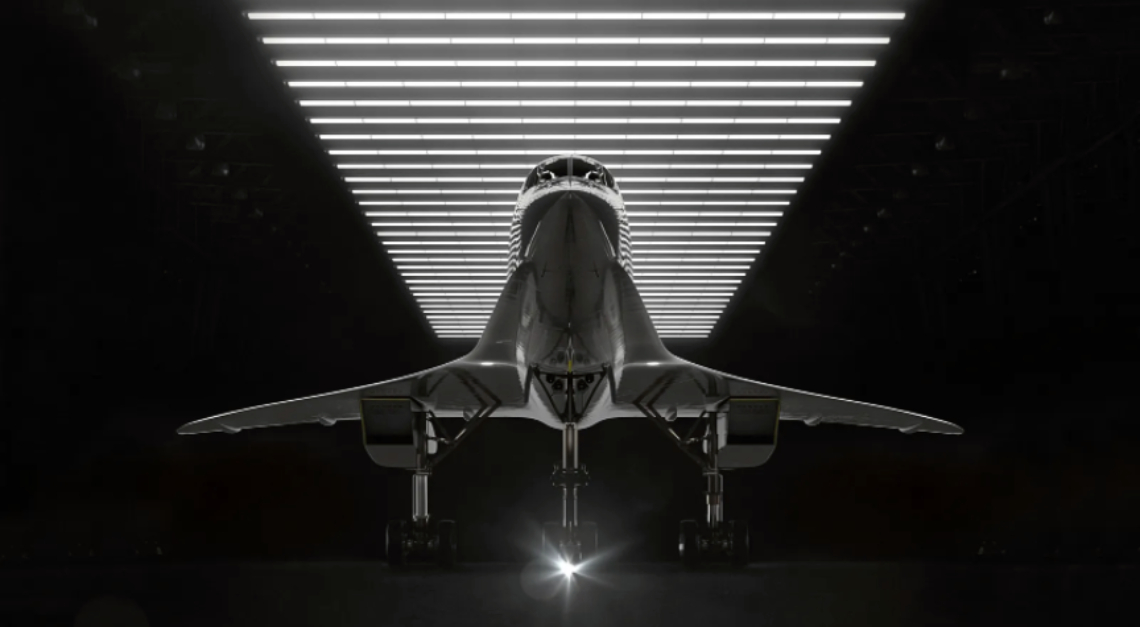The firm is building Overture, a supersonic plane that will run on 100 per cent sustainable aviation fuel
No matter how much Champagne, leg room, or—for the lucky ones who only fly private— room you are given, being trapped in a metal tube for hours on end is generally a boring and less-than-comfortable affair.
Boom Supersonic has made it its mission to limit this discomfort. The Denver-based startup is developing Overture, a commercial supersonic plane it claims will take to the skies at 1.7 times the speed of sound, cutting travelling times by almost half.
Right now, the plane exists only as a two-thirds scale model known as the XB-1 Supersonic Demonstrator. But If everything goes according to plan, the firm will start building the first plane in 2024, completing it in 2025, and running test flights in 2026. We could very well see Overture take on commercial supersonic flights by 2029.

Futuristic as they may sound, supersonic flights are not new and neither is the idea of making them commercial. Chuck Yeager, an American pilot and US Air Force officer was the first man to break the sound barrier in 1947 on the X-1 aircraft. The plane was built by the Bell Aircraft Company for research on the aerodynamic stresses of supersonic flight, and Yeager’s feat was a top-secret mission that wasn’t announced until a year later.
26 years later in 1973, Concorde, a supersonic plane shared by British Airways and Air France made its first transatlantic crossing. Three years later in 1976, it began regular passenger service, making it the world’s first commercial supersonic plane. It ferried passengers until 2003, when operating expenses and financial losses forced both airlines to cease all routes.
There are problems that have plagued supersonic flights since the very beginning of the technology—problems that have yet to be resolved despite the passing of decades, that Boom Supersonic, despite its optimism, has yet to fully address.

Fuel usage is a big issue. The XB-1 is built from a carbon fibre composite, which is lighter than the aluminium most planes today are built from, weight being a contributor to fuel consumption. In addition, Boom has revealed that it plans to use 100 per cent sustainable aviation fuel (SAF) on its flights. However, the International Council on Clean Transport has warned that current resources for SAF can only meet 5.5 per cent of the European Union’s projected fuel demand in 2030, and flying supersonic is estimated to consume five to seven times more fuel than flying subsonic.
Then, there is the problem of the sonic boom, the explosive sound, likened to a clap of thunder, that is caused by the shock waves from objects travelling faster than the speed of sound. Because of the sonic boom, regulations do not allow supersonic flights over land, which means that Overture will not be able to go supersonic for whole journeys. The firm is quick to point out that it can still go 20 per cent faster than conventional planes can over land, which is just under the boom threshold.
Technologically, there’s nothing stopping Overture from becoming a reality, but its success lies in whether passengers will be more willing to pay a premium for faster flights in 2029 than they were in the late 20th century. No matter what the market may say, Boom Supersonic at least has one vote of confidence: United Airlines has already ordered 15 Overture planes.
